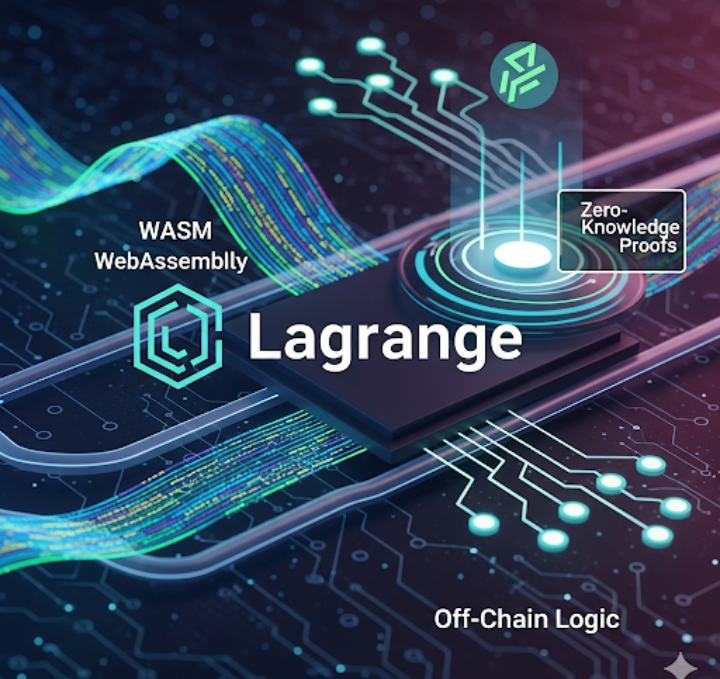The Lagrange team presented a revolutionary approach that will greatly simplify the integration of zero-knowledge (ZK) technologies into decentralized applications (dApps). This innovation allows developers to use WebAssembly (WASM) for writing off-chain logic, which can then be transformed into zero-knowledge proofs. This opens up new possibilities for scalability, privacy, and efficiency in Web3.
WASM as a bridge between traditional and decentralized development
WASM is a binary format that allows high-performance code to run on web platforms. Its support in Lagrange is a key element that breaks down barriers to entry into the ZK ecosystem. Instead of learning new programming languages like Cairo or Circom, developers can use familiar languages such as Rust, C++, or Go. They compile their code to WASM, and then Lagrange automatically generates ZK proofs for these computations. This approach provides the following advantages:
Lowering barriers to adoption: Developers do not need to master complex ZK-oriented languages, making the technology accessible to a wide range of programmers.
High performance: WASM code runs at speeds close to native, allowing for the processing of complex off-chain computations.
Compatibility with existing tools: Developers can use familiar tools, libraries, and frameworks.
How does it work?
The process of integrating WASM logic into Lagrange can be conventionally divided into several steps:
Writing code: The developer creates off-chain logic in one of the supported languages (e.g., Rust).
Compilation to WASM: The code is compiled into WASM format.
Proof generation: Lagrange uses a built-in ZK proof system to convert WASM code into zero-knowledge proofs.
Network verification: The generated proof is sent to the chain, where the smart contract verifies its correctness without the need to repeat all computations.
This process allows smart contracts to receive off-chain computed results and verify them with just one proof, significantly reducing gas costs and increasing network throughput.
The future for ZK technologies and decentralized applications
The integration of WASM into Lagrange is an important step towards the mass adoption of ZK technologies. It paves the way for the creation of more complex and powerful dApps that can perform computations that were previously impossible on the blockchain due to their high cost and limitations.
For example, such architecture can be used for:
Private voting: Verifying eligibility to vote without disclosing personal data.
Computations with confidential information: Verifying compliance with certain criteria without revealing the input data.
Complex gaming mechanics: Performing complex gaming computations off-chain to enhance performance.
Thus, Lagrange not only offers a new solution — it creates a strong connection between traditional development and decentralized architectures, accelerating the transition to a scalable and confidential Web3. It is not just a tool, but a catalyst for innovation that makes ZK technologies accessible to every developer.
